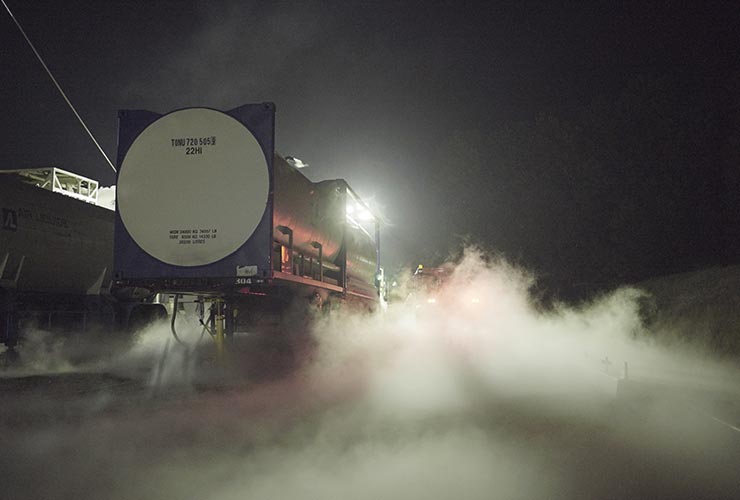How To Drill Faster With
Coiled Tubing
We often get asked what is the effect of underbalance on ROP, so it’s nice to have a real-life example which shows the difference it can make. In this example, the ROP increases by almost 2.5x. The change is dramatic and happens as soon as the pressure in the borehole drops to the formation pressure. You can also see an increase in improvement as the pressure in the wellbore drops.
In this particular case, the pressure drop was created by adding nitrogen but there are also situations where the same difference in pressure could be achieved just by changing the mud weight.
Author: Toni Miszewski
Published: 28th June 2017
Comment
Your Email
Enter your comment here:
Enter Your Comment
Your Email
Comments


Figure 1 - Effect of Underbalance on ROP for a single BHA run
The mechanism for this is quite straight forward and is controlled by the wellbore to formation differential pressure (i.e. amount of pressure in the wellbore over or under the formation pressure). When the well is in an overbalanced state, the well pressure is higher than the formation pressure, and the pressure exerted by the drilling fluid is holding down the cuttings. It also acts like a confining pressure on the formation, making it harder to drill. The power at the drill bit is fighting the overbalance differential pressure.
When drilling underbalanced, there is no hold-down effect on the cuttings. The underbalance pressure is now working in the opposite direction and the formation pressure helps dislodge cuttings, increasing ROP and bit life. The power at the drill bit is being helped by the underbalance differential pressure.
Coiled Tubing Drilling (CTD) is ideally suited to underbalanced drilling (UBD) through the continuous pipe and inherent pressure control capabilities. This coupled with fast tripping times and lack of connections means that CTD can be a very fast drilling method.
Based on this example, it’s interesting to consider what would be the effect on drilling productivity if all wells were drilled underbalanced and had a similar improvement. Compared to a rig drilling overbalanced, an underbalanced rig could drill the same number of wells in a year. If both rigs started in January the underbalanced rig would be finished in June and have 6 months of revenue generating production before the overbalanced rig had finished drilling its last well!













+44 1392 933 100 | +1 800-868-1562